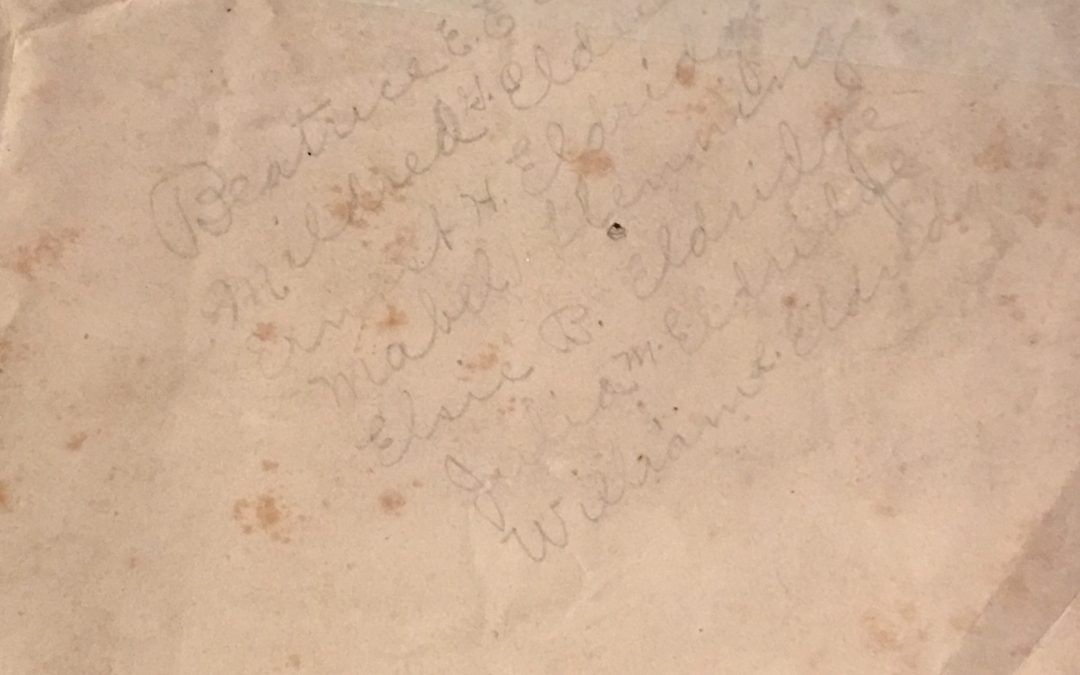Family Culture
My son is currently doing a project on family culture…. I think the class is cultural anthropology. The real question is what is our families cultural history. I also was struck recently seeing online a quiz a teacher gave for extra credit on race. The real question comes from if your family immigrated to the US (aka great American Melting Pot) at the start of the country, what is your cultural background?
My grandmother Wakeland’s family immigrated to the US in the early 1900s after 3 of her sisters (my aunts) were already born. I can link superstitions and our Catholic upbringing to them… but beyond that it becomes more of a question. My husband’s family came to the US in the 1920’s, but didn’t really bring a lot of cultural heritage that we know of. The family was also Catholic, but didn’t seem to have all the superstitions that my Italian family did.
For my family the McArdle on my mom’s side and all of my father’s side, were more the been here for ever, what would you consider culture.. but maybe that is a culture?
Culture is:
Family tradition, also called Family culture, is defined as aggregate of attitudes, ideas and ideals, and environment, which a person inherits from his/her parents and ancestors.
Both sides of the family have lots of family history to fall back on. There were strong attitudes too, most were incorporated into the family for generations… My ancestor Rev. John Corbley’s museum still has a family reunion every year at the church near his former farm. Rev Corbley was originally part of the House of Delegates for the state of Virginia, but was voted out due to separation of Church and State in 1777. Corbley was not an ordained minister but was thought to be enough of a minister to be ousted from the government.
Corbley later was part of the resistance during the Whiskey Rebellion when the settlers objected to the first tax imposed by the new country. The government made a new federal tax on whiskey distilled in the area of Pennsylvania. President Washington later released everyone and sent them back home. Stories from Corbley’s life tell of him being allowed to go out during the day and return to the jailers at night until finally being told he could return home to his family.
Other stories from the family include tales of family that were some of the first Postmasters (McArdle), platted towns (Edward Corbley), Farmers (Richters), and even some of the first school board members of their area (Abraham Lincoln Richter)…. These ancestors all helped shape the country that we currently live in. Many faced adversity and though some have faded into obscurity, they helped make the nation that exists today.
The question really is though how does this fit with our current family’s culture… When I think of it, I see my mother who is now active in the Daughters of the American Revolution… many of my cousins and aunts that have been active in politics. I also see my cousins and my children doing what they can to help others and standing up for those in need. We’ve tried to instill in our children to help people when they see injustice or need. Though we sometimes slip, we try to focus on the positive.
Every one I know is a mix of something. It may be race or religion…. or it could even be brain wiring. Not everyone’s difference’s are visible, but they all matter. To me it seems whatever your own difference, that’s the one that is the widest divide……























